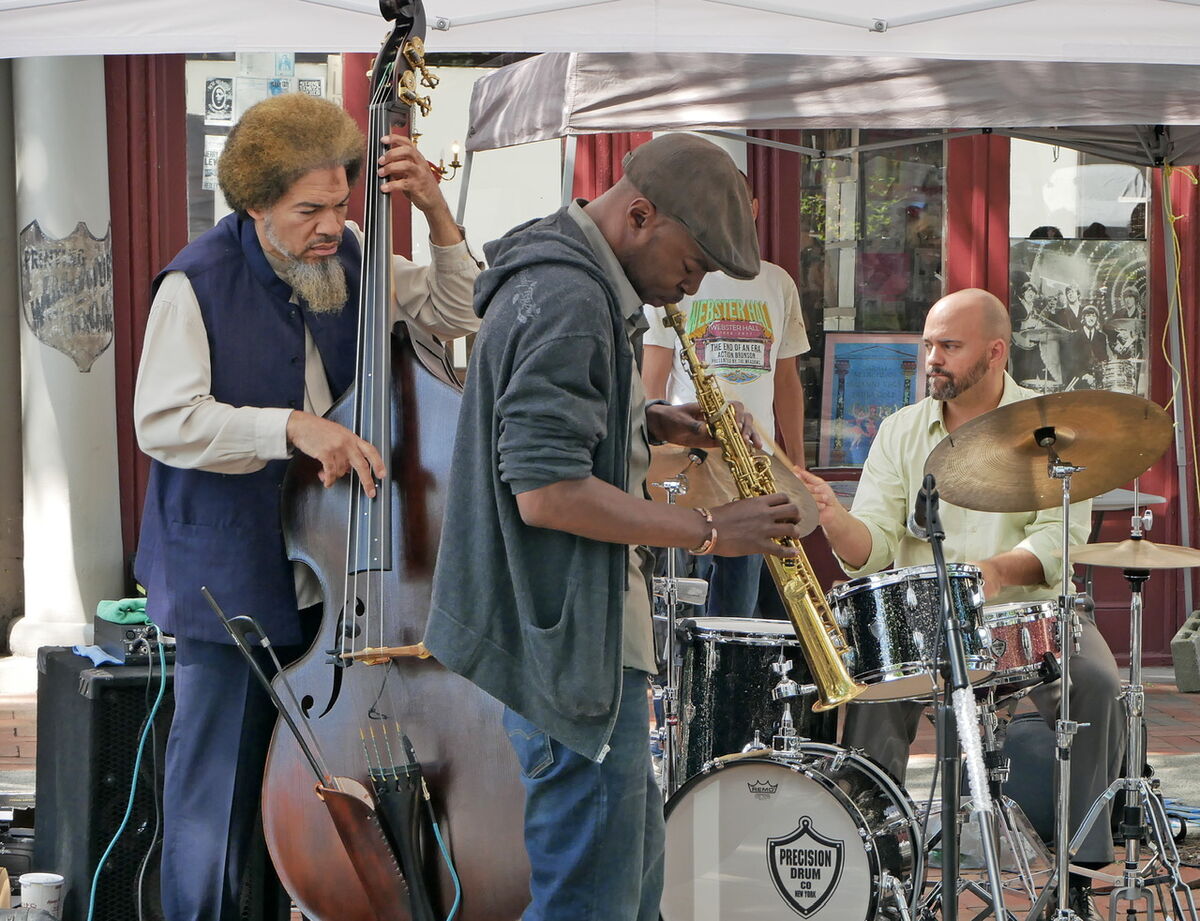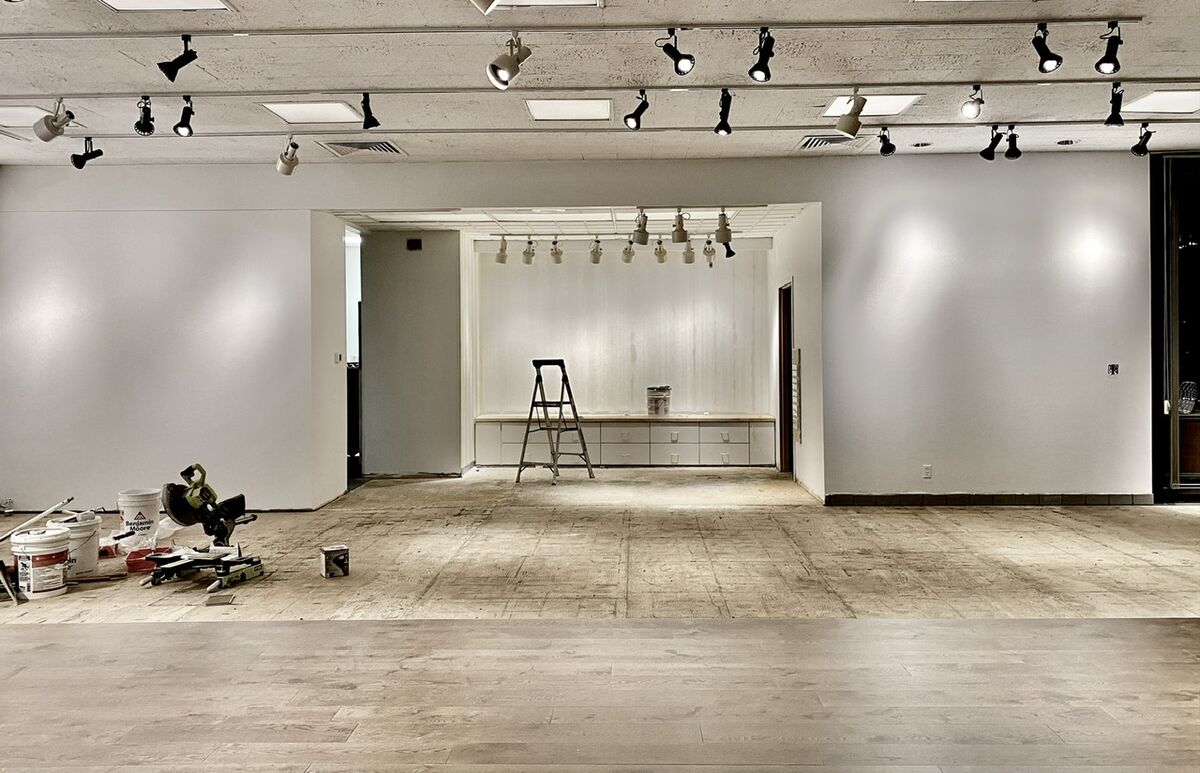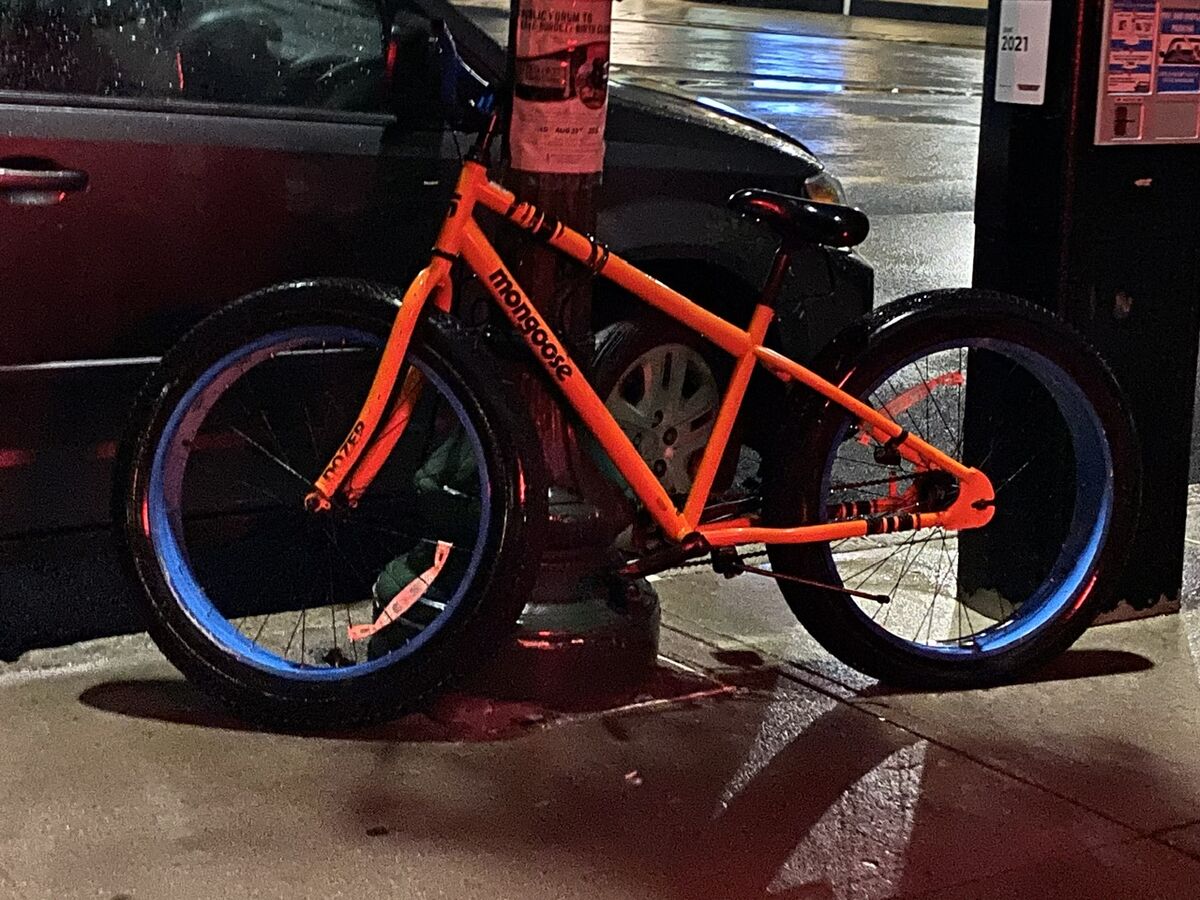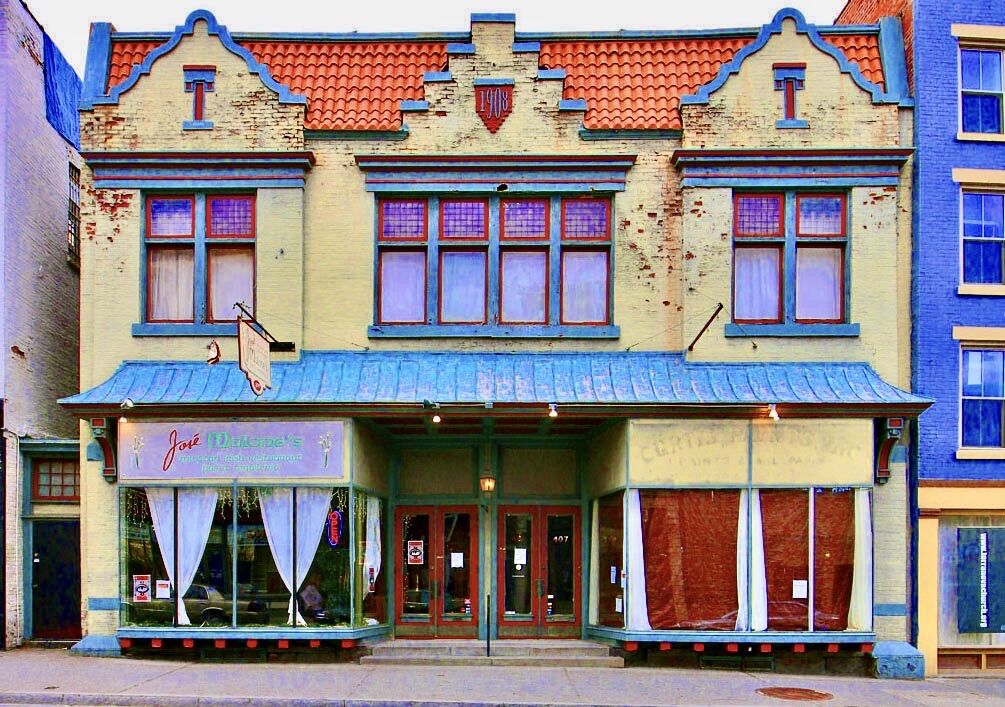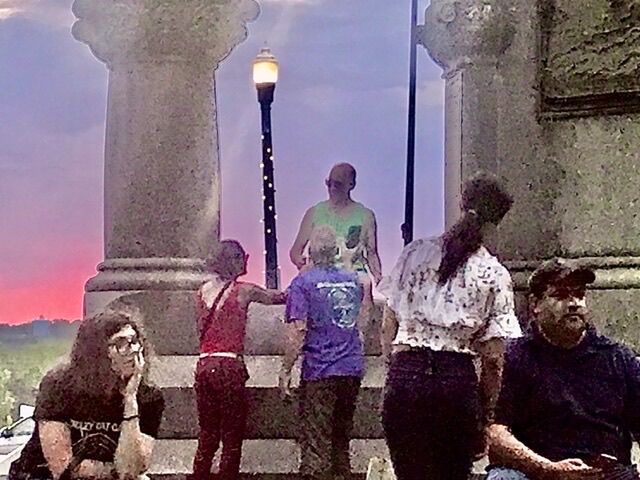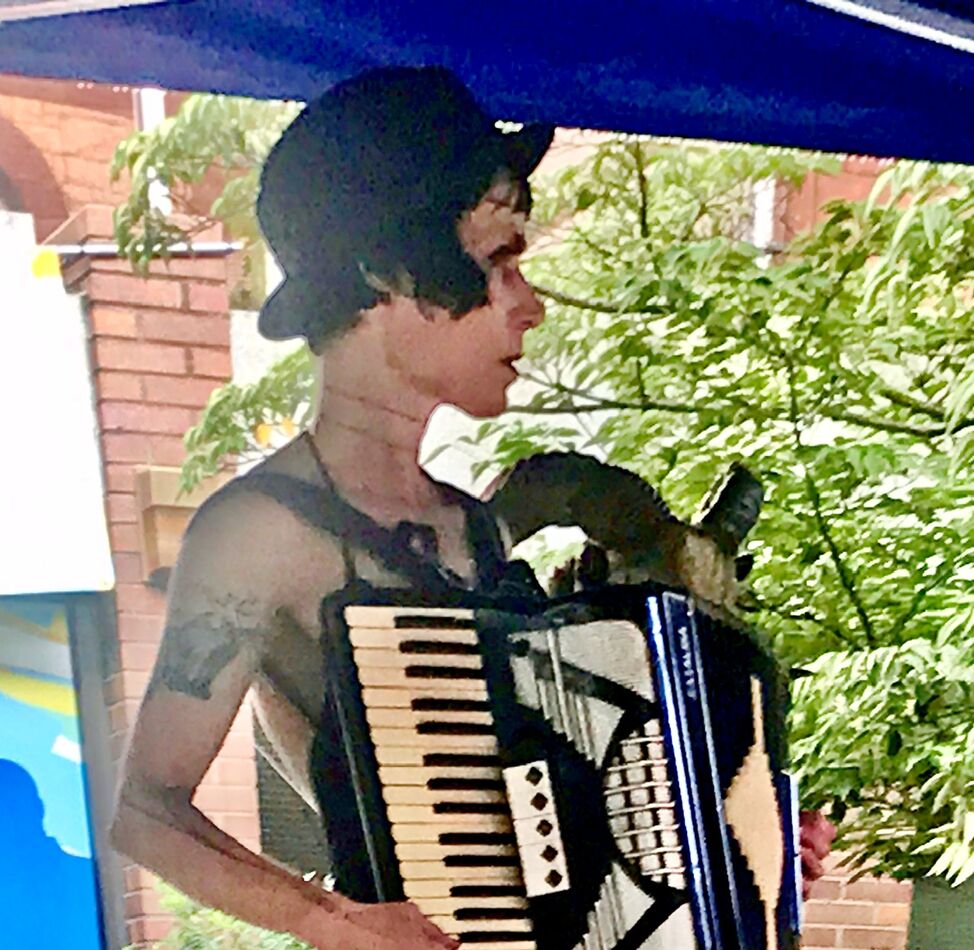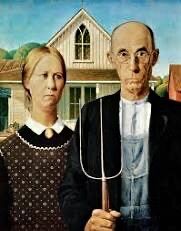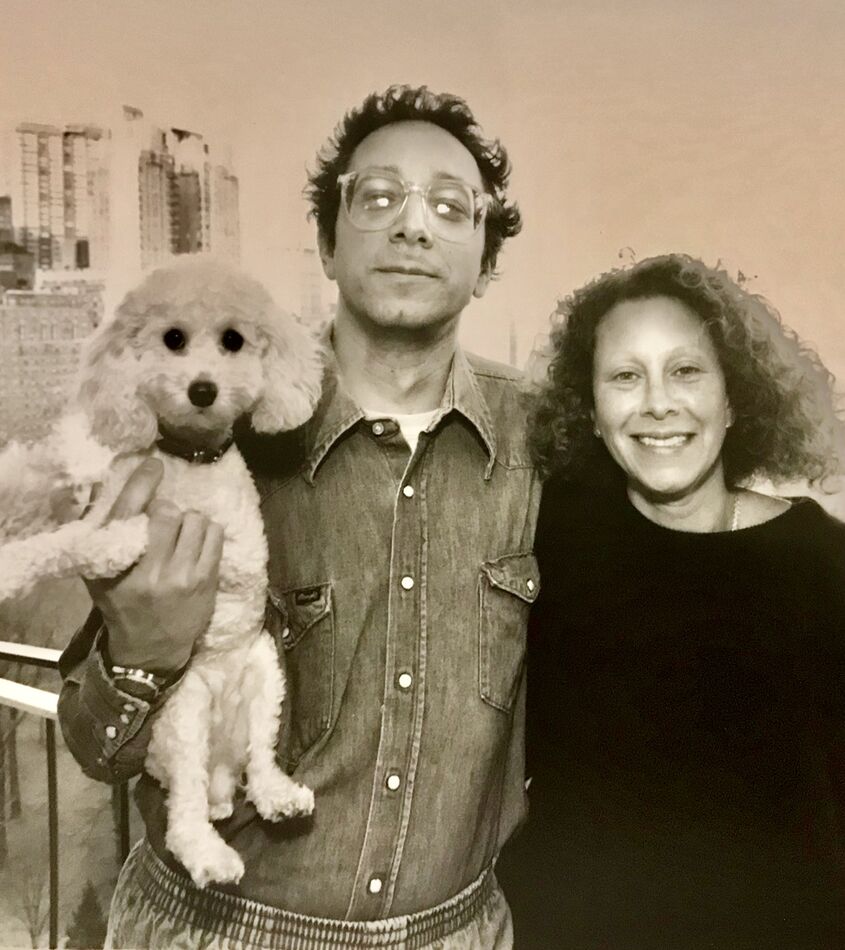How do you approach composition in your photography?
Jan 20, 2024 17:12:43 #
I crop to the finished product (of my liking),....in the viewfinder to avoid a snapshot appearance.
Jan 20, 2024 17:15:06 #
Retina
Loc: Near Charleston,SC
I am a simple hobbyist with other obligations that unfortunately get in the way of photography, but when I happen upon a scene that strikes me as potentially interesting or pleasing to others, I reach out for my nearest capable camera. I then concentrate on the technical challenge of not losing what I saw that make the scene special. Fine tuning the composition, which to me is perspective and framing, is usually the last step before releasing the shutter after I did my best that the photograph will work with DOF, focus, resolution, and other more technical aspects. Since lighting is also a major part of the composition, so I try to capture the entire range of light from shadows to highlights in order to have more to work with later in step 2. I obviously do not know the proper rules of composition. I just try to share what I see with others who could not be in that place at that time.
Jan 20, 2024 17:41:13 #
bonjac wrote:
When I like what I see and how I see it, I shoot. Composition is in my mind's eye.
I like that approach! For some folks sometimes, however, the image appears in the photographer's mind's eye before it appears on the camera's sensor, and alas, somewhere along the way, the image as it was perceived did not make it!
So, waht happened? I am not talking about exposure or color issues but the beautiful scene did not come through. The photographer saw the scene, stopped his or her car, breathed in the fresh country air, listened to the waterfall, took in the aroma of the flowers- all ther senses were at work and hopefully their visual prowess was also in play. But the resulting first shot is kinda blah!
To the rescue comes "working the scene"! This is where your technical knowledge, perhaps some rules and references come in handy. Why does the scene look different from what made you stop the car and get out and shoot? Is the issue in your shot perspective, choice of focal lengh or distance, point of view, did my slight overexposure desaturate the colors, would a longer or shorter exposure prove a better interpretation of the waterfall or any one or combination of issues that need to need to be solved?
This theory or method does not only apply to landscape photography. It can be any kind of work under any kind of situation. A stilllife or product shot of a single or group of objects can preset many challenges and yo may need to work diligently to come up wit an impactful composition that will tellthe story, sell the product, or simply satisfy you artistic appreciation.
The more rules, theories, techniques, and knowledge you have in your toolbox the faster you will troubleshoot problems and create successful images.
Something else to consider. Psychologists and neurologists tell me that there are three kinds of folks when it comes to waht influences their art or craft and perhaps may othere decisions and behaviors. The are Visuals, who react to and absorb more easily what they SEE. Auditories, will respond or learn more from waht they hear or read, and Kinostetics will tend to react more strongly to what they feel or touch. The VISUALS should (?) make for better visual artists but we all still have the other senses. So, in a visual creative situation, can we isolate our visual percept for othere influences?
Even in the controlled studio or studio-like portraiture, you may need to "work the scene".Not ever subjects a model. You may see a very attractive person who is not particularly photogenic. They cou be lovely pers with great personality but once you get past ther personable attitude you fine facial asymmetries, all maner of beemishes or a person that is nervios and freezes in for of a camera. You then have your"work" on this scene, cut out for you. Get out your toolbox!

Jan 20, 2024 17:44:03 #
Delderby wrote:
No it doesn't - I was questioning the meaning of "work the scene" and whether the OP was referring to PP or AI to (in his words) "make" rather than "take" a picture. I had not previously come across the expression. As a landscape photographer I often adjust my position for a different angle of view. I do this to reduce the need for cropping.
The traditional definition of work the scene is pretty much what dirtfarmer said. It is to keep trying different angles or get higher or lower to change your view of the subject while you try to simplify the image after you have already taken a basic shot of tje subject matter.
It is a common term in at least older photography books and has nothing to do with post processing. It is all about moving with your feet, changing how close a foreground object is and continuing to shoot after you have taken a basic workable photo.
Jan 20, 2024 17:58:35 #
larryepage
Loc: North Texas area
JZA B1 wrote:
Square crop, rule of thirds, or something completely different?
How do you know which one to apply in any given situation? Any time-tested rules or just what looks best?
How do you know which one to apply in any given situation? Any time-tested rules or just what looks best?
For me, this divides several ways...
Landscapes--if there isn't some intrinsic structure in what I see that suggests a composition strategy, it's probably not worth a serious photographic. I may still "take a picture" to record something interesting or to serve as a momory or reminder, but not as a "serious" photograph. This would be a situation that says why I save JPEGs.
Railroad photographs--these are all about positions and angles, which have to be preselected. The default is an engineer's side (right side) quartering view, but sometimes other angles are nesessary.
Architectural--no real artistic value here usually. Clearly depict the building or structure and include anough of the environment to provide location and context.
I don't do street photography, but USER ID has shown us several good examples. My impression is that he is more concerned with the subject and some context than with geometric composition.
Portraits--I'm not big on pictures of people, but generally find posture, expression, and framing to trump more traditional composition concerns.
Candids--who cares about composition? Who and what (and maybe where and when) are the parameters of concern.
I am not claiming here that the rules of composition are not useful or beneficial. I do consider them, but that happens in my visualization, before pushing the button. That frees me up to "check the edges" and get the framing right. I usually shoot pretty tight, cropping only minimally, if at all. The exception is when shooting moving subjects, whether animals, aircraft in flight, automobiles, or nieces and nephews. Then I leave myself room on all sides to avoid uncorrectable errors.
Jan 20, 2024 17:59:52 #
Martys wrote:
I crop to the finished product (of my liking),....in the viewfinder to avoid a snapshot appearance.
"To avoid a snapshot appearance"??!?!?!? Finding no clues what thaz supposed to mean without seeing some examples.
Snapshot Appearance can be a great aesthetic discipline. Its a very honest look. Subjects are centered and framed squarely straight ahead, with no obvious angles. (Examples below.)
Jan 20, 2024 18:06:04 #
Jan 20, 2024 18:18:53 #
Retina wrote:
Interesting set, User ID. Thanks for uploading.
Heres Grant Woods version of not avoiding the "Snapshot Appearance" .... plus acoarst one more of my own:
Jan 20, 2024 19:04:10 #
User ID wrote:
Heres Grant Woods version of not avoiding the "Snapshot Appearance" .... plus acoarst one more of my own:
The very same people, no


 (😜😜😜)
(😜😜😜)Jan 20, 2024 19:04:46 #
User ID wrote:
"To avoid a snapshot appearance"??!?!?!? Finding no clues what thaz supposed to mean without seeing some examples.
Snapshot Appearance can be a great aesthetic discipline. Its a very honest look. Subjects are centered and framed squarely straight ahead, with no obvious angles. (Examples below.)
Snapshot Appearance can be a great aesthetic discipline. Its a very honest look. Subjects are centered and framed squarely straight ahead, with no obvious angles. (Examples below.)



Jan 20, 2024 20:59:36 #
You have a rectangle. Place the subject in it the most appealing way.Learn the rules for composition but create your own picture.
Jan 20, 2024 21:26:06 #
Jan 20, 2024 22:26:12 #
CHG_CANON wrote:
Alas, that probably makes for a repeatable process that is next to impossible to teach / explain to others ...
Yep. Only one may try it. If an angle looks right, pleases you or just a sense of rightness, shoot!
Jan 20, 2024 23:14:08 #
R.G. wrote:
I don't have a problem with horizons being half wa... (show quote)
To be clear, I have no problem with it myself. As a matter of fact I think it works and was the right choice here. I just think some would say it’s not a rule of thirds composition.
Jan 20, 2024 23:17:44 #
Orphoto
Loc: Oregon
Linda From Maine wrote:
Ayuh.
Add to that: ask yourself what is it about the subject that made you stop and look to begin with? What aspect do you want to emphasize? Lines, textures, colors, relation to other elements, shadows and forms, humor, drama, minimalism, repeating patterns, on and on. Which focal length, exposure and depth of field will aid in telling the story?
Add to that: ask yourself what is it about the subject that made you stop and look to begin with? What aspect do you want to emphasize? Lines, textures, colors, relation to other elements, shadows and forms, humor, drama, minimalism, repeating patterns, on and on. Which focal length, exposure and depth of field will aid in telling the story?
Linda -- John Telford??
If you want to reply, then register here. Registration is free and your account is created instantly, so you can post right away.


